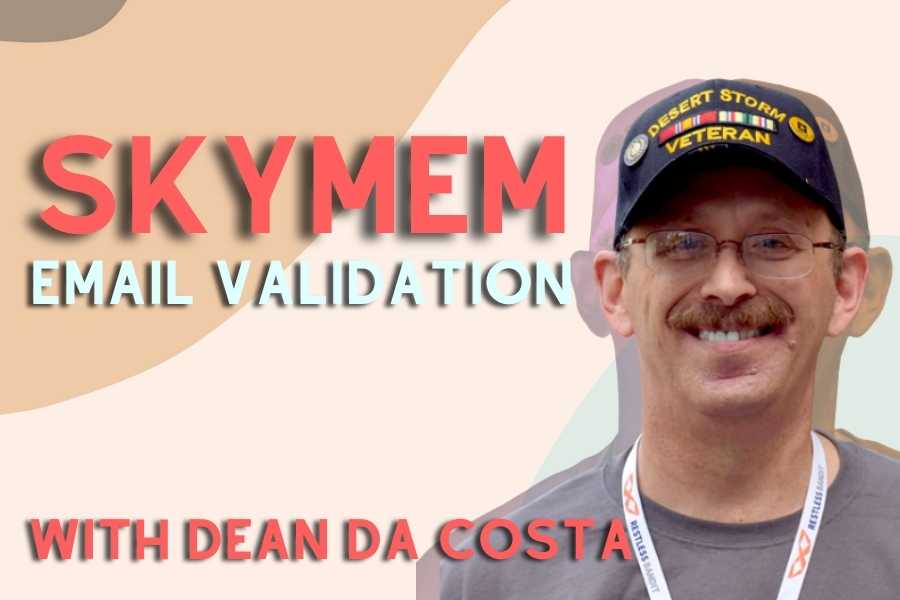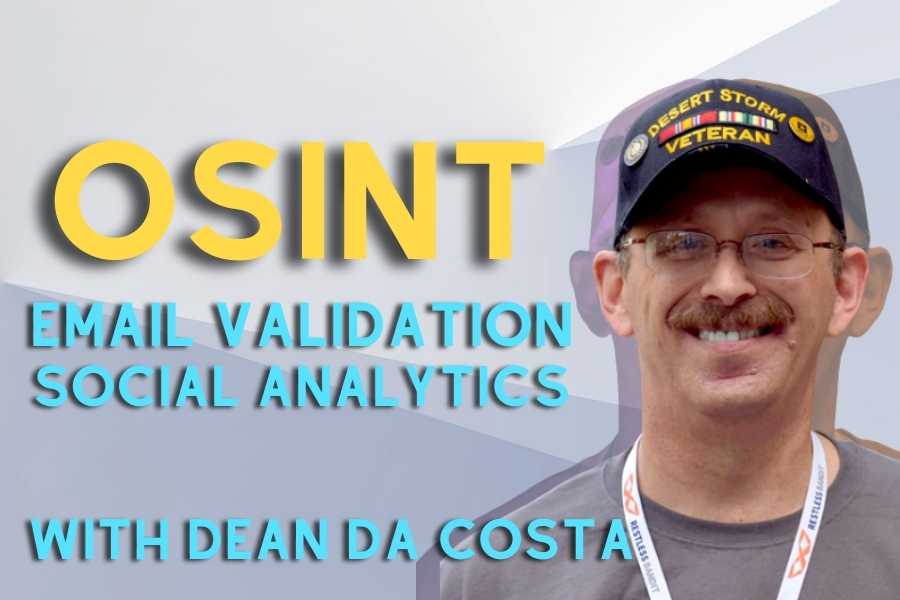In today’s evolving work landscape, remote hiring has become a necessity for many companies seeking to access a wider talent pool. However, the remote hiring process can be challenging and overwhelming if not approached strategically.
This article aims to guide you through the steps of making the remote hiring process less painful, providing valuable insights and practical tips to optimize your recruitment efforts.
By leveraging technology, tapping into the right talent pools, crafting emotionally appealing job descriptions, and fostering a sense of connection and support, you can enhance the remote hiring experience for both candidates and your organization.
Take Advantage of Technology
Remote hiring may require recruiters to coordinate with various stakeholders, including hiring managers, interview panel members, and IT teams. Ensuring smooth communication and collaboration among dispersed team members can be demanding and time-consuming.
In the quest to make remote hiring a smoother and more fulfilling experience, technology becomes paramount.
What you can do:
- Incorporating HR software solutions empowers organizations to efficiently manage applications and streamline candidate communication.
- Harnessing the vast potential of professional networking platforms like LinkedIn enables recruiters to tap into a global talent pool.
Source Talent in the Right Places
To find the top remote candidates, it is essential to search in the right places. Explore online job boards and remote work-specific platforms that cater to individuals seeking remote opportunities.
These platforms often attract candidates with prior remote work experience, making them more likely to possess the necessary skills and adaptability required for remote roles. Additionally, networking on professional platforms and participating in industry-specific forums can help you connect with top remote talent.
Identify Qualities of Decent Remote Candidates
Successful remote workers possess specific traits that contribute to their effectiveness and productivity in a remote setting. When evaluating candidates, look for qualities such as:
- self-motivation
- strong communication skills
- adaptability
- ability to work independently
Prioritizing candidates with remote work experience can provide assurance that they have already acclimated to the challenges and demands of working remotely. That reduces the learning curve and enhances their potential for success in your organization.
Draft Emotionally Appealing Job Descriptions
Transform job descriptions into captivating narratives that stir emotions within remote candidates. By showcasing the emotional rewards of working remotely, you’ll capture candidates’ attention.
Use descriptive and engaging language to convey your company’s values, mission, and commitment to supporting remote employees. Illuminate the joys of your remote work culture, highlighting flexible schedules, work-life balance, and opportunities for personal and professional growth. Providing a glimpse into the emotional rewards of working remotely can make your job postings stand out.
Work Well on Pre-Interview Stage
Communication is the lifeline of remote hiring. Establish clear and consistent channels of communication to keep candidates informed and engaged at every stage.
Effective communication builds trust, reduces anxiety, and demonstrates your organization’s commitment to a transparent and supportive hiring process.
Before the interview, provide candidates with detailed insights into your company’s remote work policies, expectations, and team dynamics. Transparency is key to helping candidates envision themselves as integral parts of your organization.
Offer glimpses into your company culture, showcasing the warmth and camaraderie they can expect. By nurturing a sense of belonging and integration, you lay the foundation for successful employment and remote collaborations.
Evaluate a Talent’s Adaptability for Remote Work
Remote work demands emotional resilience and adaptability. During interviews, ask candidates situational and behavioral questions that gauge their ability to handle challenges, manage stress, and thrive in a remote work environment.
Look for indicators of self-motivation, self-discipline, and the ability to work autonomously. By assessing a candidate’s emotional fitness for remote work, you can identify individuals who possess the necessary mindset and skills to excel in a remote role.
Establish an Emotional Connection During Interviews
Virtual interviews can be impersonal, but it’s essential to establish an emotional connection with remote candidates.
What you can do:
- Show genuine interest in their experiences, aspirations, and personal growth.
- Assess not only their qualifications but also their body language and non-verbal cues.
- Create a warm and welcoming virtual environment, making candidates feel comfortable and valued.
Building an emotional connection during interviews helps candidates envision a future with your company and enhances their overall candidate experience.
Conducting assessments and evaluating candidates remotely might limit recruiters’ ability to accurately assess certain skills or qualities. Hands-on tasks, group exercises, or presentations that are typically part of in-person interviews can be more challenging to replicate virtually, potentially impacting the overall assessment process.
Streamline Remote Assessment
Assessing candidates remotely can be made easier with the help of various technologies. Here are some approaches and technologies that can streamline the remote assessment process:
- Leverage online assessment platforms
These platforms offer a range of coding tests, psychometric assessments, or situational judgment tests. They can also enable recruiters to evaluate candidates’ technical skills, problem-solving abilities, and cognitive aptitude remotely. - Virtual whiteboarding and coding tools
For technical roles, virtual whiteboarding tools can be used to assess candidates’ ability to solve problems, design solutions, or demonstrate their coding skills collaboratively. These tools provide a shared virtual space for candidates and recruiters to work together on visual tasks. - Online skill-specific tests
Depending on the role, consider using skill-specific online tests or simulations to assess candidates remotely. - Recorded video interviews
In addition to live video interviews, consider using recorded video interviews. Such platforms allow candidates to record their responses to pre-set questions at their convenience. Recruiters can then review the recordings at their own pace, enabling flexibility and efficient evaluation. - AI-powered assessment tools
Explore AI-powered assessment tools that use natural language processing and machine learning algorithms to analyze written responses, coding samples, or video interviews. These tools can help recruiters assess candidates’ skills, personality traits, and cultural fit more objectively and efficiently. - Online reference checks
Conduct reference checks through online platforms or email to verify candidates’ qualifications and work experience. Utilize professional networking platforms like LinkedIn to gather additional information about candidates and their professional connections.
Provide Emotional Support
Remote hiring and work can sometimes feel isolating. It poses challenges during the onboarding and integration of new employees. Without in-person interactions, it may be more difficult to immerse new hires in the company culture, establish relationships with team members, and provide comprehensive training and support.
As a compassionate employer, it’s crucial to provide emotional support to remote candidates.
What you can do:
- Encourage open dialogue by creating channels for candidates to express their concerns, questions, and aspirations.
- Offer resources for mental health and well-being, such as access to employee assistance programs or wellness initiatives.
- Regularly check in with remote candidates to understand their emotional needs and provide the necessary support or assistance.
Demonstrating empathy and care fosters a positive employer-employee relationship from the very beginning.
Conclusion
Remote hiring doesn’t have to be a painful and disconnected experience. By embracing the emotional aspects of the journey, you can create a hiring process that resonates deeply with remote candidates. Leveraging empathy and emotional intelligence, you can forge genuine connections and elevate the remote hiring experience.
















